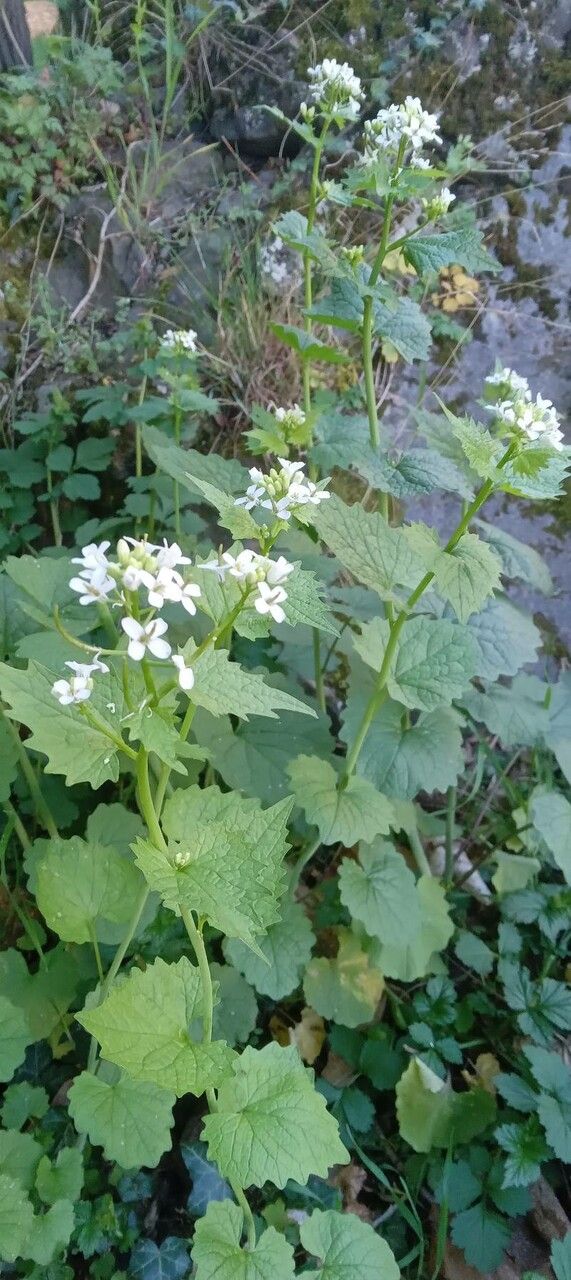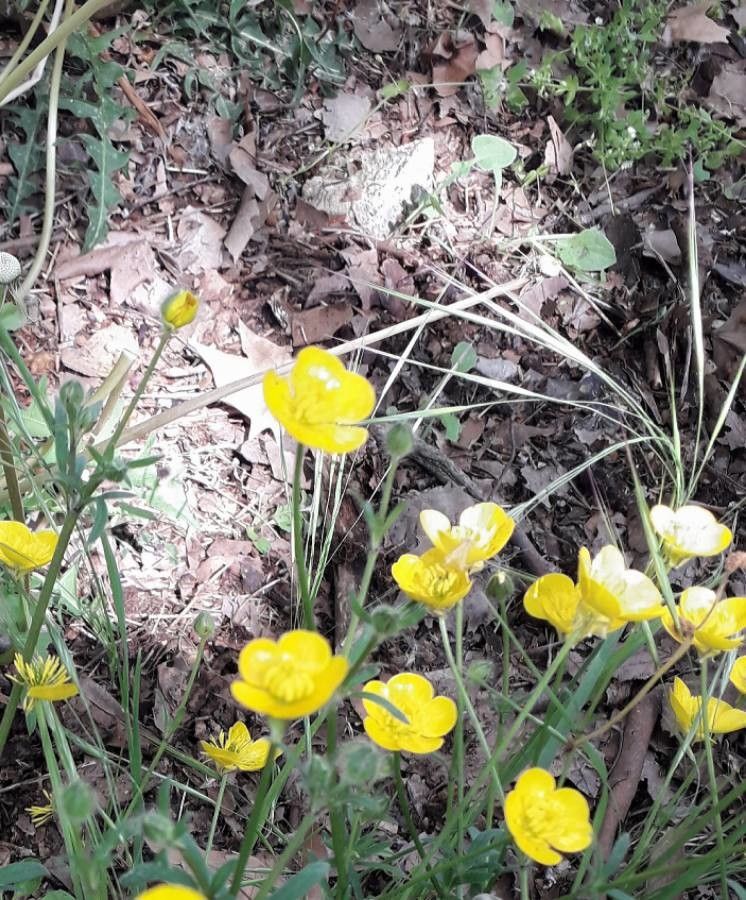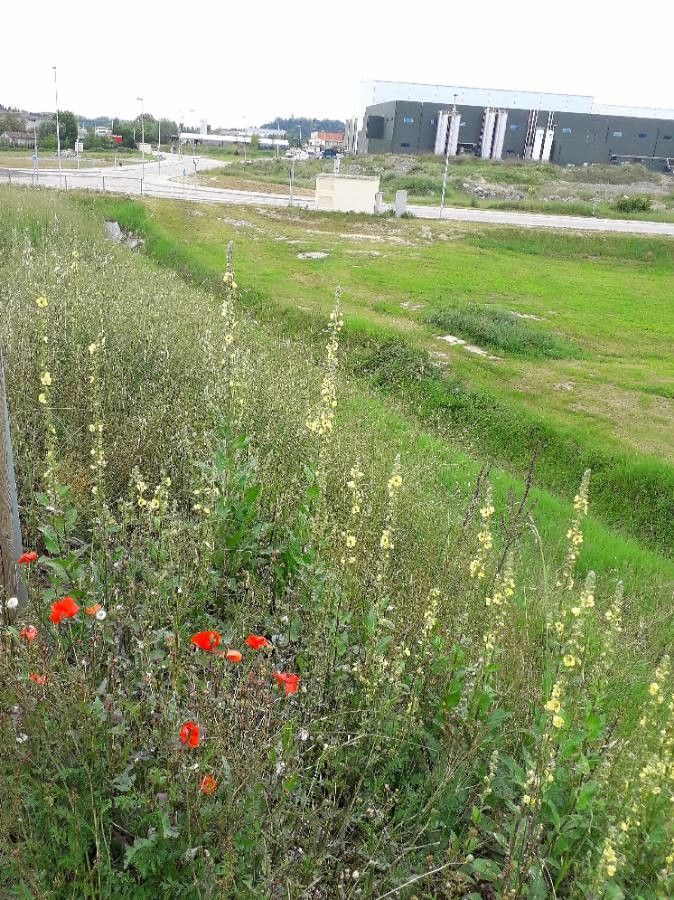## Garlic Mustard: A Comprehensive Guide
Garlic mustard ( *Alliaria petiolata*) is a herbaceous biennial plant belonging to the Brassicaceae family, better known as the mustard family. While its name suggests a culinary use, this plant is infamous for being a highly invasive species in North America and other parts of the world. This guide will delve into its characteristics, habitat, and effective control methods.
### Identification
Identifying garlic mustard is crucial for effective management. In its first year, it forms a basal rosette of kidney-shaped leaves with scalloped edges. These leaves have a characteristic garlic odor when crushed—a key distinguishing feature. The second year, it bolts, producing a tall, flowering stem with triangular-toothed leaves. Small, white, four-petaled flowers appear in clusters, followed by slender seed pods containing numerous small, brown seeds.
### Habitat and Growth
Garlic mustard thrives in a variety of habitats, exhibiting a remarkable adaptability. It prefers moist, shady areas but can tolerate full sun. Common locations include woodlands, forests edges, stream banks, and disturbed areas. Its rapid growth and prolific seed production allow it to quickly outcompete native plants, disrupting ecosystems and biodiversity.
### Invasive Nature and Ecological Impact
Garlic mustard's invasive nature poses a significant threat to native plant communities. It produces allelopathic chemicals that inhibit the growth of surrounding plants, effectively reducing the biodiversity of the affected area. This weakens the overall ecosystem, impacting wildlife that rely on the native flora for food and shelter. Its aggressive spread necessitates careful management and control strategies.
### Control Methods
Effective garlic mustard control requires a multi-pronged approach. Pulling plants by hand is effective, especially for small infestations, but be sure to remove the entire root system to prevent regrowth. Regular monitoring and removal of seedlings are crucial for preventing future spread. For larger infestations, herbicides can be considered, but always follow label instructions and consider the environmental impact. Biological controls, though still under research, show promise as a long-term solution.
### Is Garlic Mustard Edible?
While young leaves do have a garlic-like flavor and have been used in salads and pesto in limited quantities, the plant is generally not recommended for consumption due to concerns about its allelopathic properties and potential negative interactions with other plants in the digestive system.
### Conclusion
Garlic mustard presents a significant challenge to maintaining healthy ecosystems. Understanding its characteristics and implementing appropriate control measures are essential for protecting native plant communities and biodiversity. Continuous monitoring and proactive management are key to limiting its spread and minimizing its ecological impact.
Garlic Mustard: Identification, Control & More

Frequently Asked Questions
How to get rid of garlic mustard?
Control methods include hand-pulling (remove the entire root), herbicides (use cautiously and follow instructions), and regular monitoring to prevent re-growth. For large infestations, a combination of approaches may be necessary.
Is garlic mustard poisonous to humans?
While not fatally poisonous, ingesting large quantities of garlic mustard may cause digestive upset. It's generally not recommended for consumption due to potential interactions with other plants and its allelopathic compounds.


